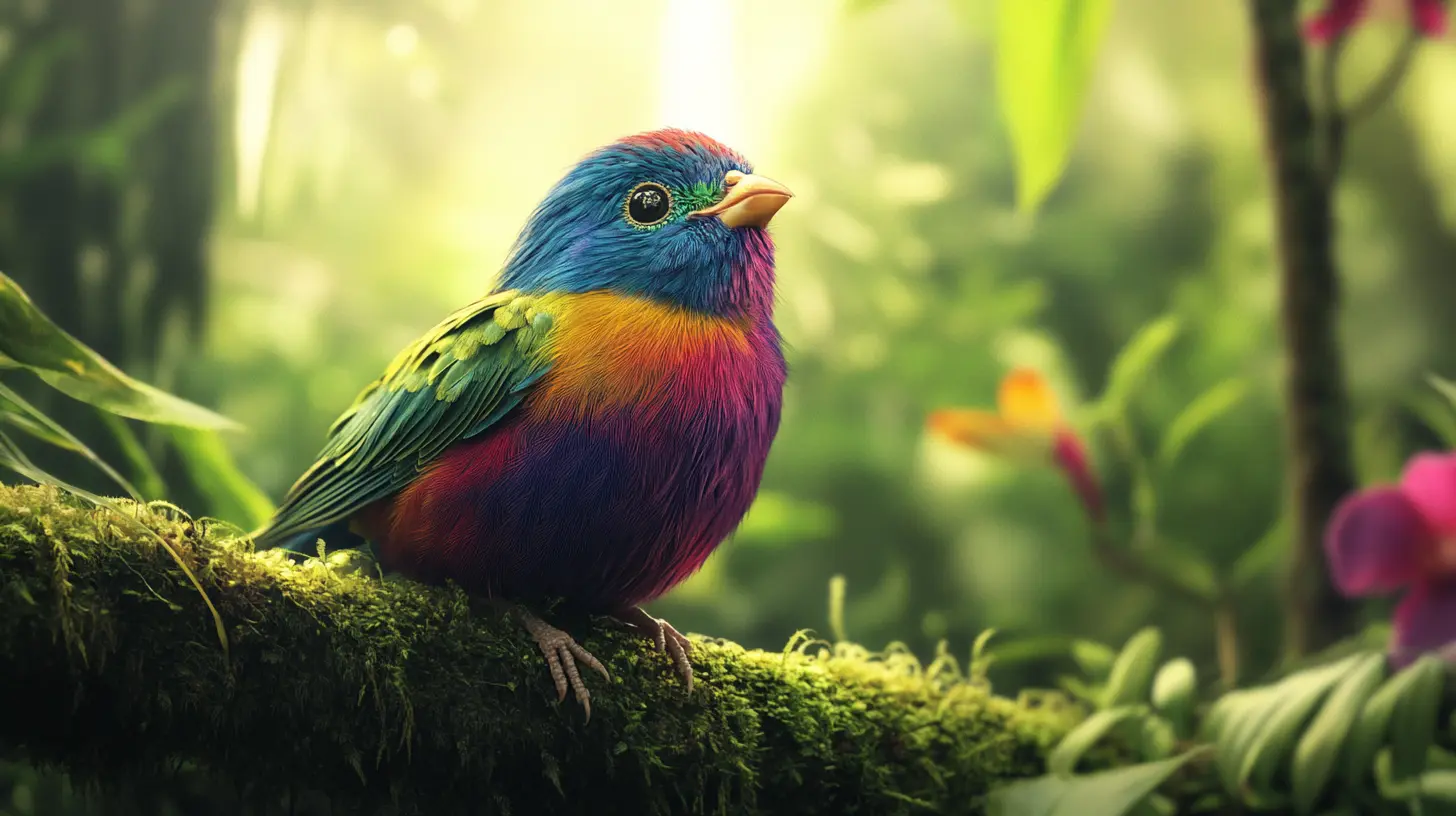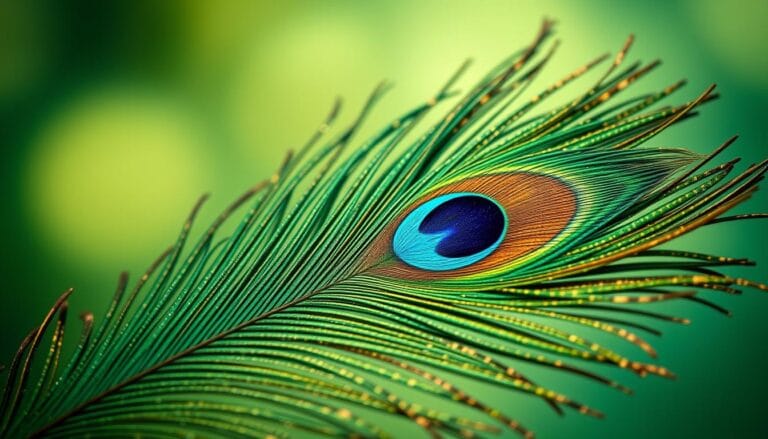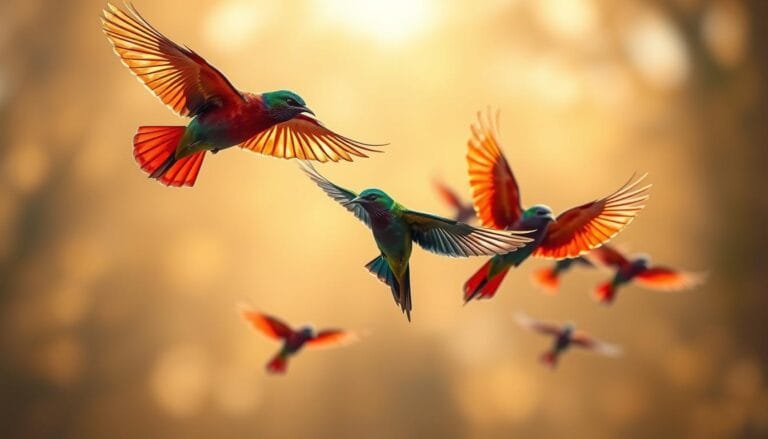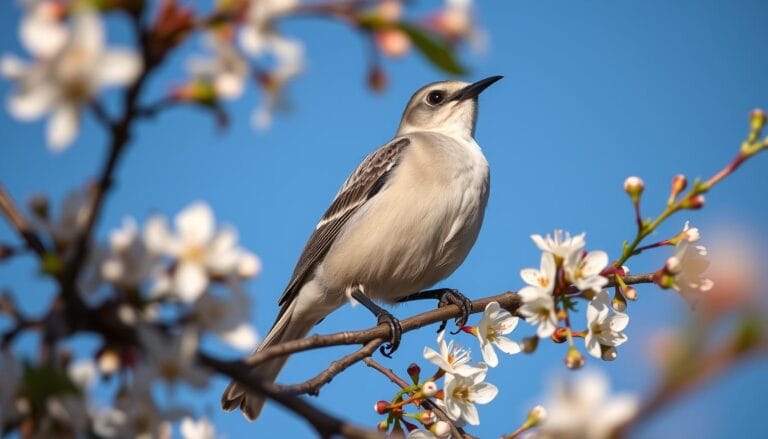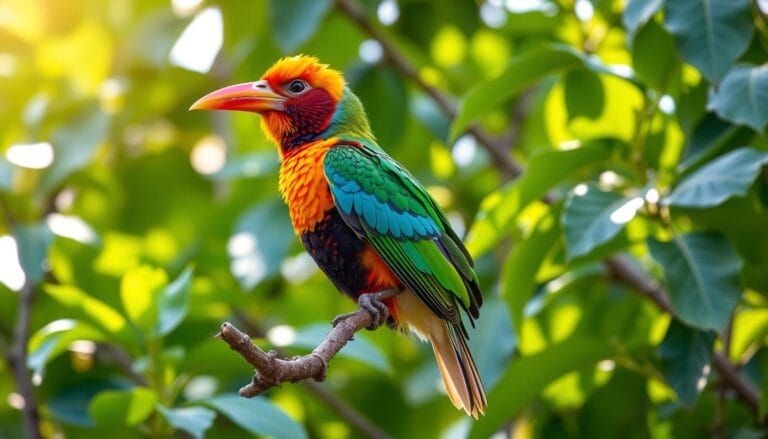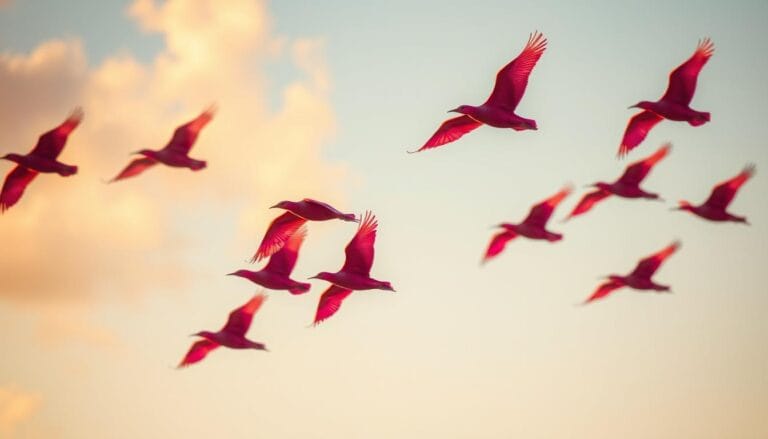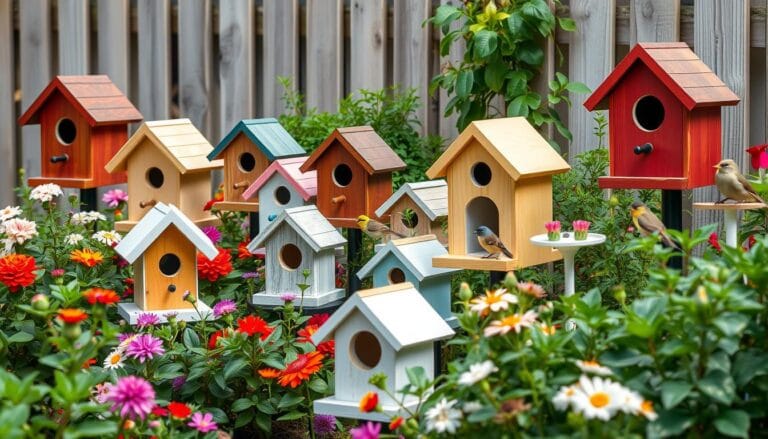Fat Birds: 5 Species Known for Their Chubby Charm
When you’re in your backyard or a park, you might see fat birds like the Northern Cardinal or the Puffin. These birds are a joy to watch because of their plump bodies and fun personalities. They help spread seeds and control insects, which keeps our ecosystems healthy.
Table of Contents
To attract these birds, offer them high-energy foods like sunflower seeds, suet, and mealworms. Learning about fat birds‘ habits and habitats helps us see their value. Birds like the American Robin and the Wood Pigeon are loved by many for their chubby charm.
Key Takeaways
- Fat birds play a key role in keeping ecosystems balanced by spreading seeds and controlling insects.
- High-energy foods, such as sunflower seeds and suet, can attract fat birds to your garden.
- Fat bird species, like the Northern Cardinal and the Puffin, can be found in various parts of the world, including North America and Europe.
- Understanding the unique characteristics and behaviors of fat birds can help you appreciate their importance in ecosystems.
- By supporting the well-being of fat birds, you can contribute to the conservation of these charming species.
Understanding the Appeal of Fat Birds in Nature
When you see fat birds in nature, you might wonder why they’re so charming. Their unique shape often comes from how they adapt to their surroundings. For example, a fat bird might look rounded because of what it eats or its genes.
The science behind bird shapes is quite complex. It involves genetics, diet, and environment. Knowing this can make you appreciate fat birds more. Feathers, for instance, are key to a bird’s look. They keep birds warm, safe, and add beauty.
The Science Behind Avian Body Shape
Studies show that a bird’s shape is shaped by its diet and where it lives. Birds that eat seeds and fruits tend to be rounder than those that eat insects. This is because seeds and fruits are full of calories, helping birds store energy and stay healthy.
Why Humans Find Plump Birds Adorable
Humans love fat birds because of their cute looks and fun personalities. Their bright colors and special songs make them stand out. Plus, fat birds are often seen as cute and harmless, which makes them even more appealing.
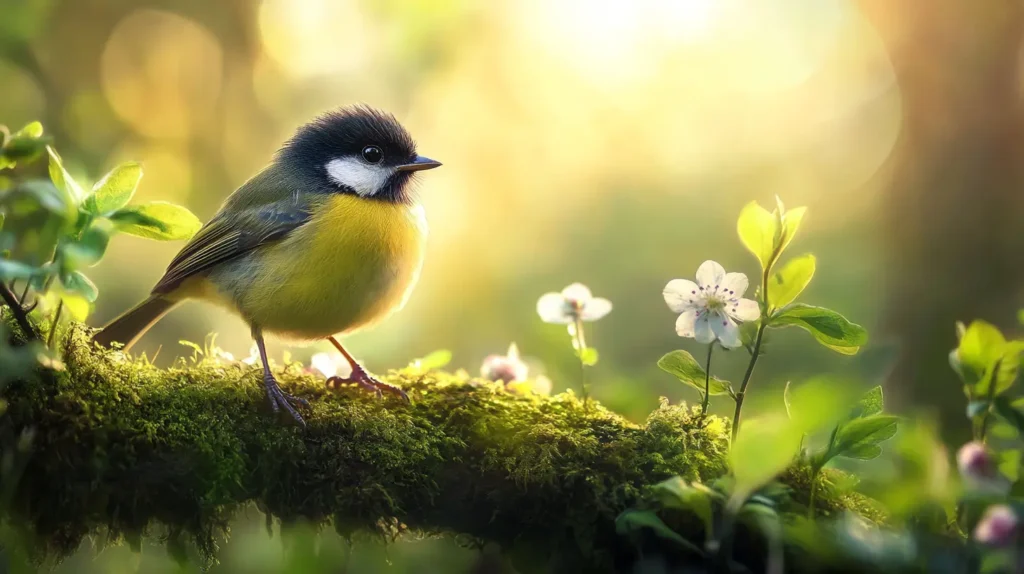
The Role of Feathers in Appearance
Feathers are vital for a bird’s look, giving them warmth, protection, and beauty. The colors and textures of feathers vary by species. They help birds attract mates and defend their territory. For fat birds, their feathers might be denser and fluffier, making them look even rounder.
What Makes a Bird Look Fat?
Many things can make a bird look fat, like their body shape and feathers. Birds like the Northern Cardinal have a rounded body. This makes them look fatter than others. Birds like the Puffin have a stocky build, adding to their plump look.
Visiting a wing bar or going on a bird-watching tour can show you these fat birds up close. Some birds have thicker feathers, making them look more rounded. Their eating habits and lifestyle also play a part in how they look.
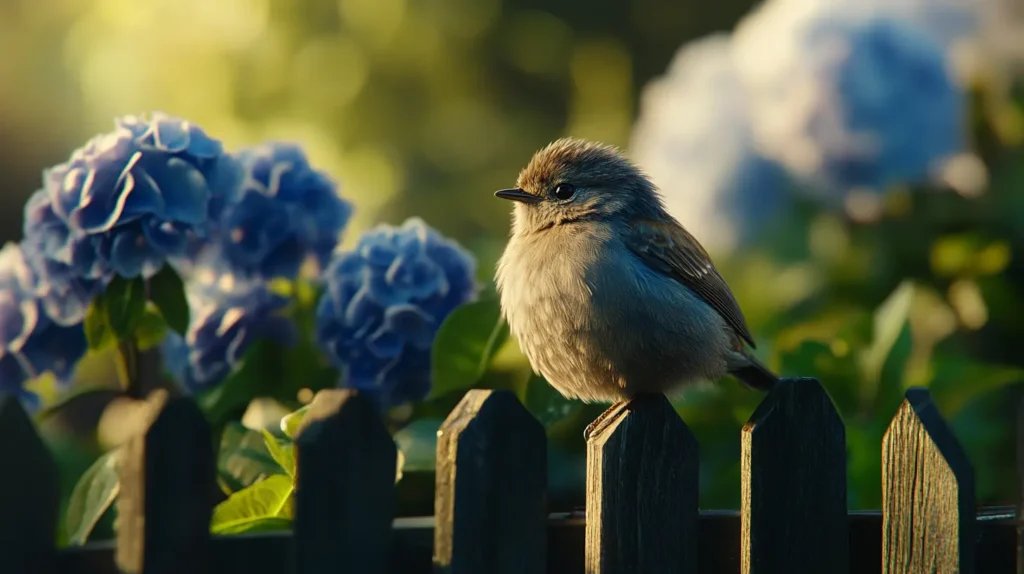
Knowing what makes a bird look fat helps us appreciate their beauty. Learning about these birds and their habits deepens our love for nature. Whether you’re new to bird-watching or experienced, there’s always more to learn.
Some key things that make a bird look fat include:
- Body shape and size
- Feather thickness and density
- Eating habits and lifestyle
- Behavior and habitat
By looking at these factors, we can better understand what makes a bird look fat. This helps us appreciate their unique qualities.
The Majestic Royal Flycatcher: Nature’s Fluffiest Champion
Exploring fat bird species leads to the Royal Flycatcher. It’s famous for its fluffy feathers and friendly vibe. Its round body and long tail make it a favorite among bird lovers. Its bold and curious nature adds to its appeal.
The Royal Flycatcher lives in forests and woodlands in certain areas. It’s a rare sight, making it a hit among birdwatchers. Key features include:
- Rounded body shape
- Long tail
- Fluffy plumage
- Bold and curious nature
This bird is fearless and loves to explore. It’s a true champion of the skies. Its flying skills are as impressive as its looks. The Royal Flycatcher is a must-see for bird enthusiasts.
Physical Characteristics
The Royal Flycatcher’s fluffy feathers and round body make it stand out. Its long tail is a sight to see.
Habitat and Distribution
This bird lives in forests and woodlands in specific areas. It’s a rare find, making it popular among birdwatchers.
Behavioral Traits
The Royal Flycatcher is fearless and adventurous. It’s a true champion of the skies, known for its impressive flying skills.
Exploring the World of Fat Birds: Species Spotlight
As you explore the world of fat birds, you’ll find many different species. Each one has its own special traits and ways of living. From the tiny Golden-crowned Kinglet to the Eurasian Wren, these birds have found unique ways to survive.
Some interesting facts about fat birds include:
- Golden-crowned Kinglets can weigh as little as 5-6 grams, making them one of the smallest bird species.
- Despite their small size, Golden-crowned Kinglets have a high body temperature of around 104 degrees Fahrenheit.
- These birds are constantly foraging for food, with some studies showing they can move every 2-4 seconds.
Exploring the world of fat birds teaches us about their homes, behaviors, and challenges. By learning about and valuing these amazing creatures, we can help protect them. This way, we ensure our world remains beautiful and diverse.
The Adorable Eurasian Wren: Small but Spherical
The Eurasian Wren is a tiny bird that wins many hearts with its chubby charm. It weighs about 10 to 20 grams and is 9 to 10 cm long. This fat bird is a joy to see because of its small size and round body.
The Eurasian Wren’s looks change with the seasons. In the breeding season, its feathers brighten up, making it a beautiful sight. Knowing about these changes helps us appreciate this fat bird species more.
Why They Appear Round
The Eurasian Wren’s round shape comes from its small size and fluffy feathers. Its wingspan of about 18 cm also adds to its charm. With a breeding population of 30 to 40 million pairs in Europe, it’s found all over the continent.
Seasonal Changes in Appearance
In winter, the Eurasian Wren can gain up to 30% of its summer weight. This helps it survive the cold. Its varied song, with about 10 different notes, is a wonder of nature.
Here are some interesting facts about the Eurasian Wren:
- It can produce a varied song with approximately 10 distinct notes
- Its breeding population in Europe is estimated to be between 30 and 40 million pairs
- It can increase its weight by up to 30% from its summer weight in preparation for winter
Japanese White-Eye: Master of Puffiness
The Japanese White-Eye is a bird known for its unique look. It stands out among other fat birds with its rounded body and long tail. These features make it look puffy. Watching it, you’ll see its bold and curious nature, which is fun to observe.
Some key characteristics of the Japanese White-Eye include:
- Its ability to fluff out its feathers, making it appear even more puffy
- Its distinctive wing bar, which is a notable feature of its plumage
- Its tendency to forage for food in a variety of environments, from forests to backyards with fat birds wing bar features
When you watch the Japanese White-Eye, you might see it flock with other birds. This social behavior is interesting. It can be seen in many places, including near fat birds wing bar areas.
The Japanese White-Eye’s ability to puff up is fascinating. It draws the interest of bird lovers and scientists. By studying it, we learn more about its unique traits, like its fat birds wing bar features.
The American Goldfinch: Winter’s Rounded Wonder
The American Goldfinch is a fascinating example of a fat bird species that changes a lot in winter. Its feathers turn from bright yellow to dull brown, helping it blend in. This change is key for survival, as it saves energy and protects from cold.
This bird loves to eat seeds, with thistle and dandelion seeds being favorites. Seeds make up over 50% of its diet in nesting season. This diet keeps its body rounded, vital for surviving winter.
Seasonal Transformation
The American Goldfinch’s change with the seasons is amazing. As days get shorter and colder, it prepares for winter. This transformation is common among fat bird species to face winter’s challenges.
Regional Variations
The American Goldfinch has different versions in different places. Some travel over 1,000 miles from Canada to southern states in breeding season. Knowing these differences is important for conservation and understanding fat bird species diversity.
How Climate Affects Bird Plumpness
Exploring the world of fat birds shows us how climate affects their plumpness. Temperature and seasonal changes shape their bodies and behaviors. This helps them live well in various places.
Fat birds have special ways to deal with changing climates. Birds in cold places grow thicker feathers to stay warm. Their fat reserves are key for keeping warm in winter.
Temperature Adaptation
In cold areas, fat birds like chickadees and finches store seeds for later. They remember where they put them. This helps them get through tough times when food is scarce.
They also fluff up their feathers to trap warm air. This keeps them cozy in the cold.
Seasonal Changes
In winter, fat birds like the Black-capped Chickadee stay warm. They eat a lot to build fat reserves. This helps them survive the cold.
Understanding how climate affects fat birds shows their amazing adaptability. They can thrive in many environments.
By seeing how climate impacts fat birds, we value their unique traits. Their ability to adapt and survive harsh winters is truly inspiring.
Conservation Status of These Charming Species
Learning about fat bird species means knowing their conservation status. Threats like habitat loss, climate change, and hunting harm their numbers. For example, the Kākāpō’s population dropped to 51 in the mid-1990s. But thanks to conservation, there are now 147 birds living on three safe islands.
The status of fat bird species is a big worry. It’s key to protect their homes and stop their numbers from falling. Some birds, like the Dovekie, are common but face dangers like oil spills and pesticides. The Lesser Yellowlegs, for instance, has seen its numbers drop by 30 to 49%.
Here are some important facts about fat bird species conservation:
- The Kākāpō Recovery Program has seen more donations and symbolic adoptions.
- They aim to introduce Kākāpō to Resolution Island, where stoats once harmed them.
- Climate change will change sea ice and snow cover at Dovekie colonies, affecting their food.
Knowing about fat bird species’ conservation status helps us see why we must protect them. Every bit of help matters, and supporting conservation efforts can really help in the long run.
Photography Tips for Capturing Fat Birds
When you go out to take pictures of fat birds, knowing the best times and what equipment to use is key. You can see over 50,000 snow geese and 7,000 trumpeter swans during their migrations. The best times to shoot are early morning to late afternoon, when they are in different places, like near a wing bar.
For your camera, a lens of at least 200mm is a good start. Longer lenses are pricier and harder to handle. The Canon EF 70-200mm f/2.8L IS II USM lens is a top pick for quality over length. For flying birds, use a shutter speed of at least 1/1600 seconds, sometimes up to 1/2500 seconds. Shooting at 5-10 frames per second can help catch fast birds, like those near a fat birds wing bar.
- Wear camouflage to not scare the birds
- Use natural light, as modern cameras can handle a wide ISO range
- Choose a good lens, with prices from $100 to $10,000
By using these tips and practicing, you can take amazing photos of fat birds. And you’ll also enjoy watching them near a wing bar.
Conclusion: Celebrating Nature’s Rotund Aviators
Exploring fat birds shows us their special place in nature. Birds like the Royal Flycatcher and the Eurasian Wren are loved for their charm. They remind us of the beauty and diversity in our world.
Learning about their bodies and how they adapt helps us appreciate them more. Birds like the Japanese White-Eye and the American Goldfinch show us their amazing abilities. Each one teaches us about their strength and how they fit into their environments.
Let’s keep loving and protecting these fat birds. We want them to stay in our skies for many years. By enjoying their beauty, we also help keep their homes safe and healthy.
FAQ
What are some of the most popular fat bird species?
Popular fat bird species include the Northern Cardinal and Puffin. Also, the Royal Flycatcher, Eurasian Wren, Japanese White-Eye, and American Goldfinch are favorites.
What makes a bird appear fat?
Birds look fat for many reasons. It’s because of their body shape, feathers, and how they act. Some birds naturally look round, while others have a sturdy build.
What are the physical characteristics of the Royal Flycatcher?
The Royal Flycatcher stands out with its fluffy feathers and friendly vibe. Its round body and long tail make it unique among birds.
How do seasonal changes affect the appearance of the Eurasian Wren?
The Eurasian Wren’s look changes with the seasons. Its feathers brighten up during breeding time. Its round body and long tail add to its cuteness.
How does climate affect bird plumpness?
Climate greatly affects how plump birds look. Temperature and seasonal changes shape their bodies and actions. This shows how adaptable birds are in different places.
What are some tips for capturing fat birds through photography?
Taking photos of fat birds can be tough but rewarding. Knowing the best times, like early morning and late afternoon, helps. The right camera gear is also key to capturing their beauty.
There are no reviews yet. Be the first one to write one.

